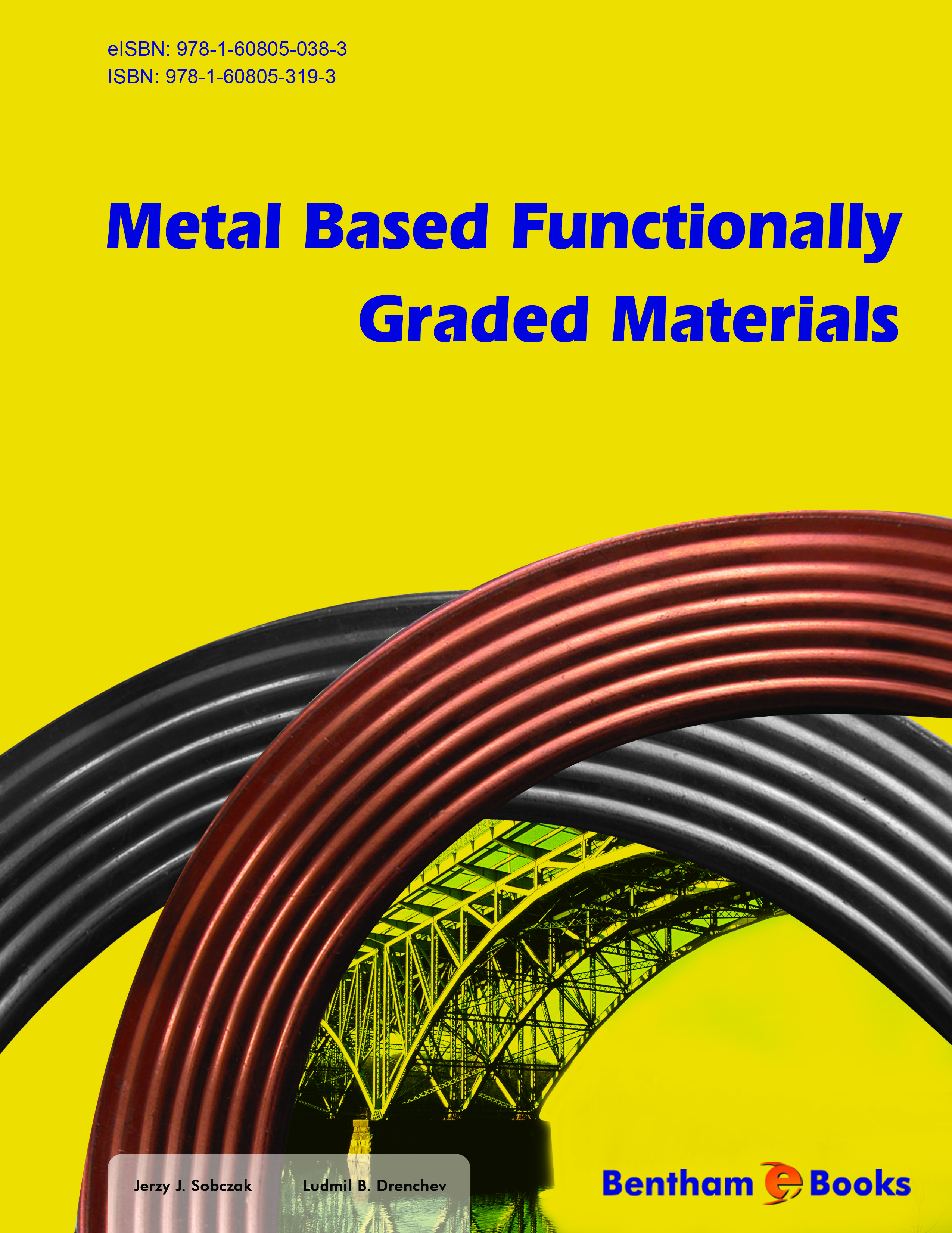Foreword
The concept of functionally graded materials (FGMs) introduced a class of highly engineered structures tailored to specific properties, resulting of compositional changes in used materials. The necessity to bring into practice new materials appears crucial with, for instance, space vehicles: on the surface side the skin plates should have very good heat-resistance, on the inside, however, – high mechanical qualities (e.g. toughness) were needed. The problem was successfully solved in Japan in the mid of 1980s by manufacturing specific composite: metallic matrix and ceramic particles with graded distribution of these particles. That solution is close with ingenious structural systems in some plants, e.g. bamboo. After 20 years of intensive research and practical applications, the field of FGMs is still in development and a precise definition of that new class of materials is till now not accepted. Modeling of FGMs is recognized as indispensable step in designing at the microstructural level to meet specific requirements of an intended application. Many production technologies were proved to be useful for practical adoption.
The authors of the book discuss two important topics concerning activities within the field of FGMs. One of them is dealing with practical methods used in graded materials technology to control the composition and microstructure. A considerable number of problems belong to the field of FGMs manufacturing and a rich source of motivation stimulates in some cases application of new specific fabrication techniques. The book brings condensed but valuable information about main solidification and sintering techniques, which can be used for appropriate manufacturing solutions.
Second part of the book gives theoretical approach to the mathematical modeling and design of FGMs: appendixes A, B, C and D are presenting the authors’ novel research results. The authors deserve congratulations for a very compressed but useful information source.
Stefan Wojciechowski,
D.h.c., Ph.D., D.Sc.
Warsaw University of Technology
Chairman of Composite Section
Polish Academy of Sciences
Poland

